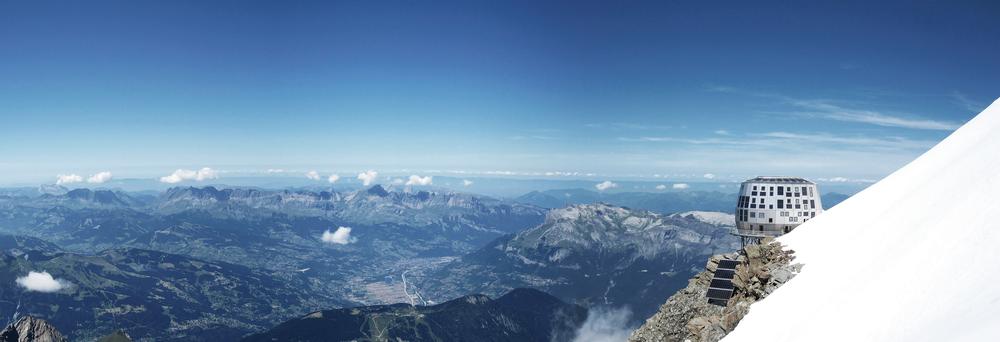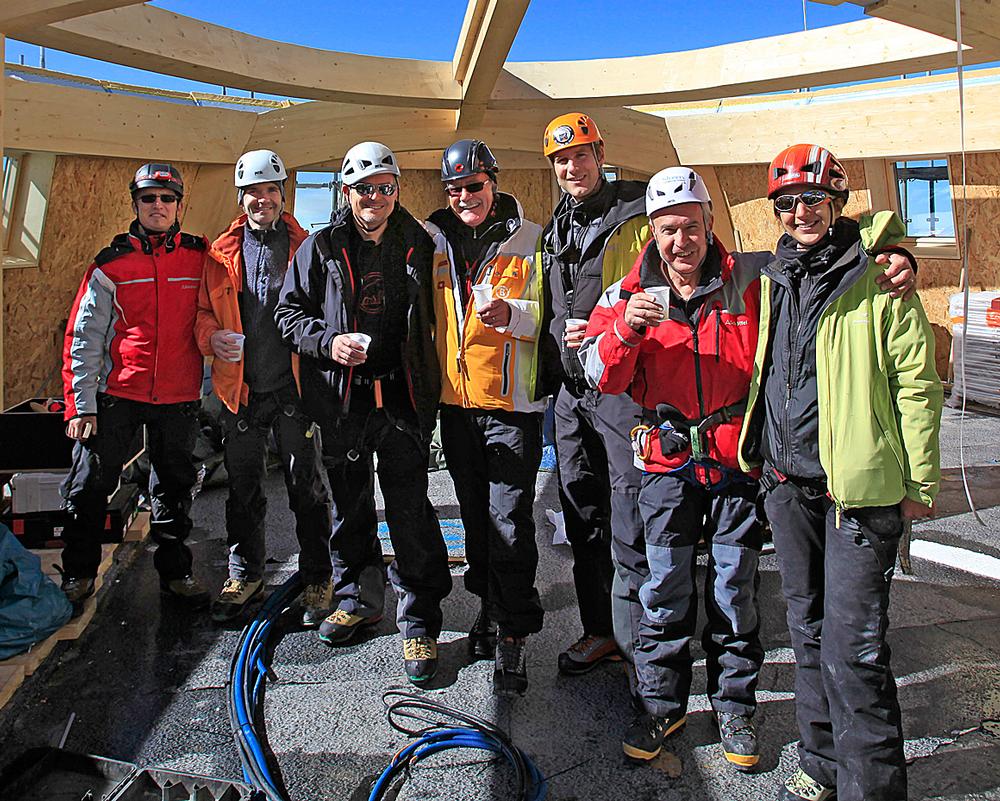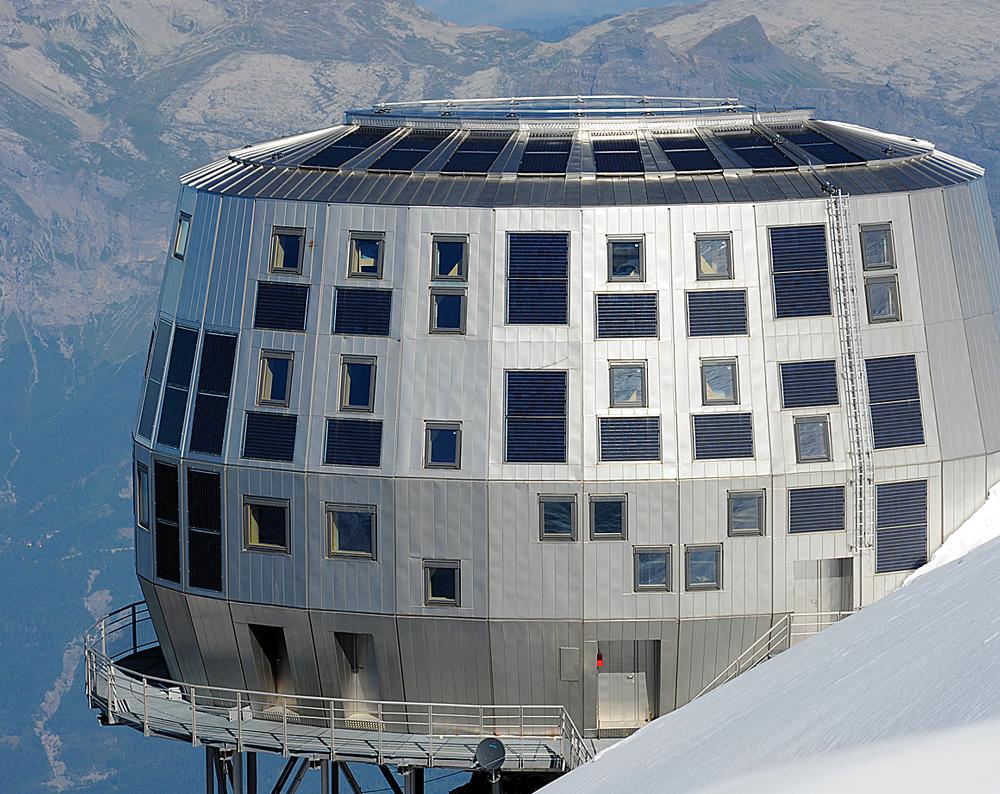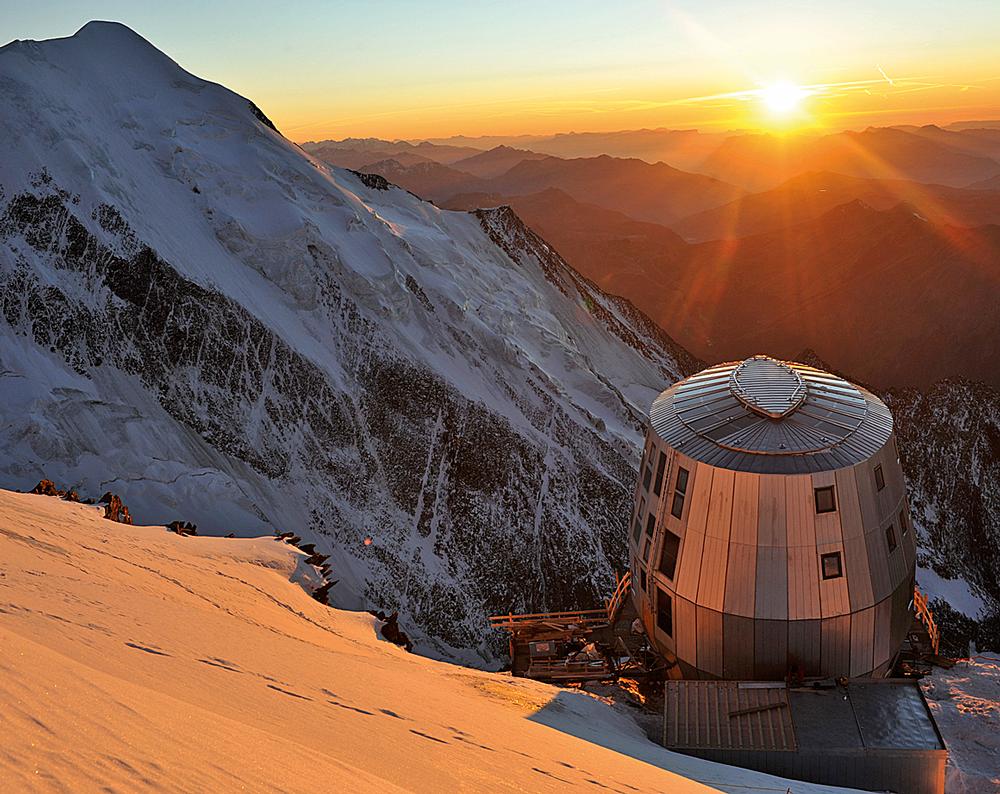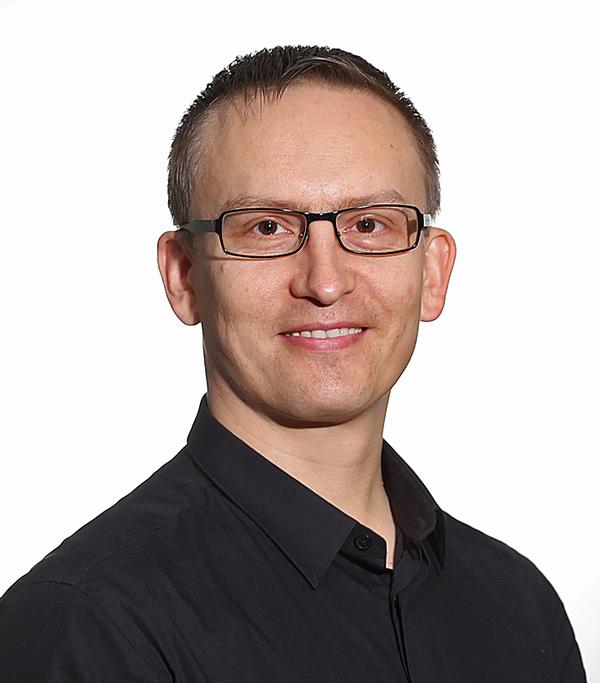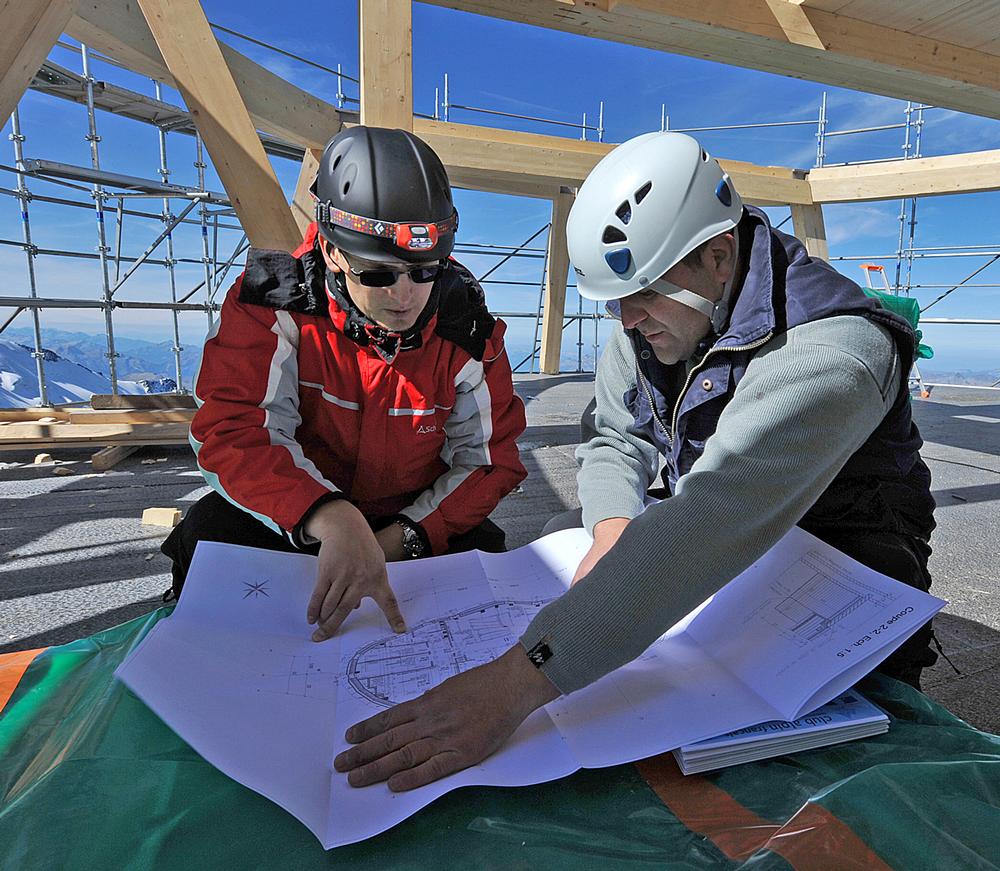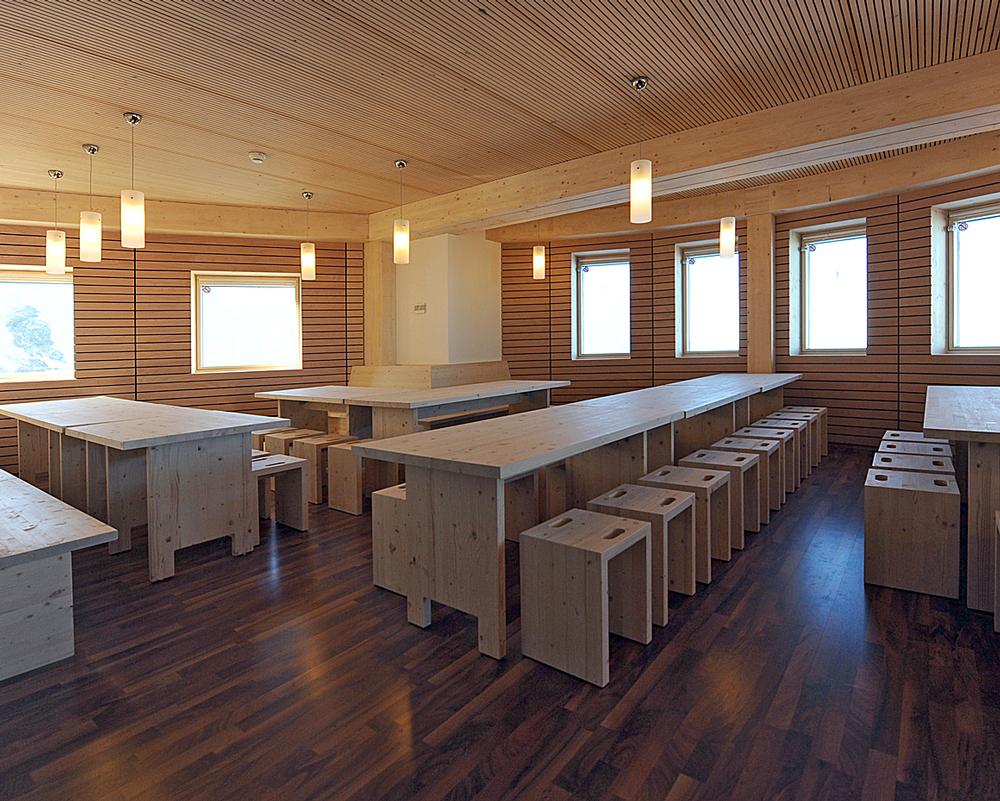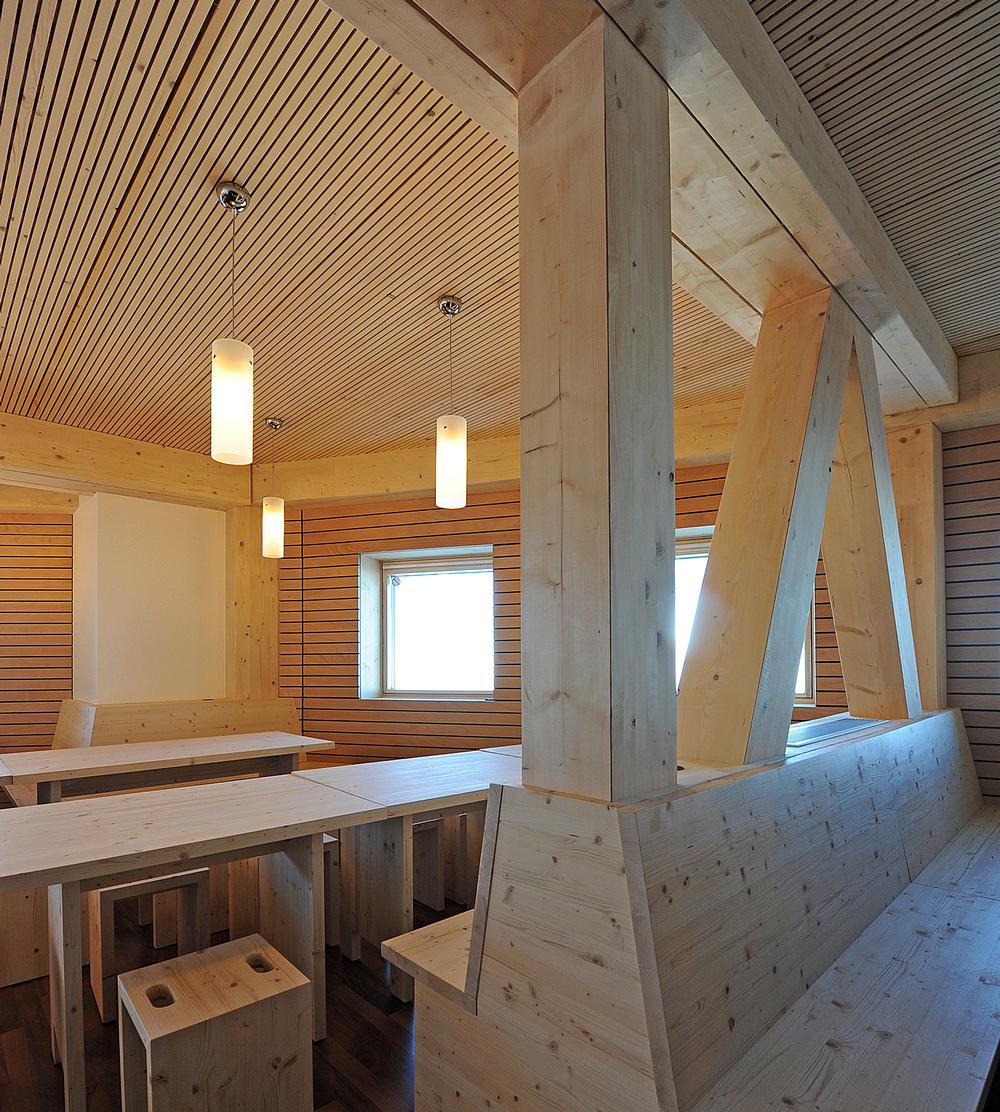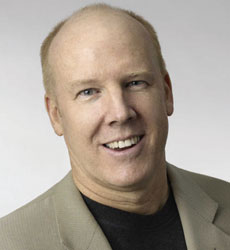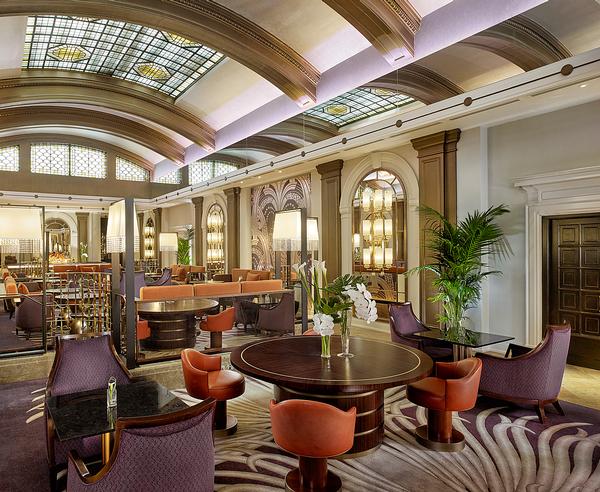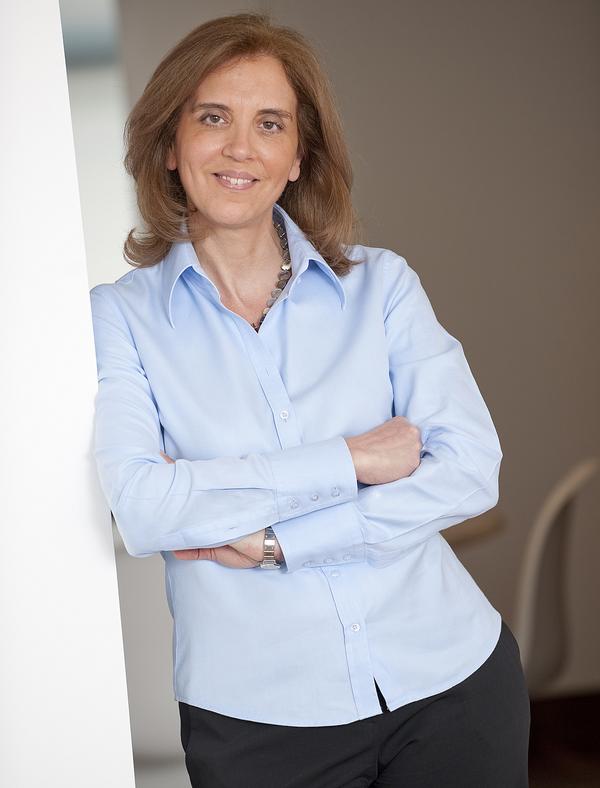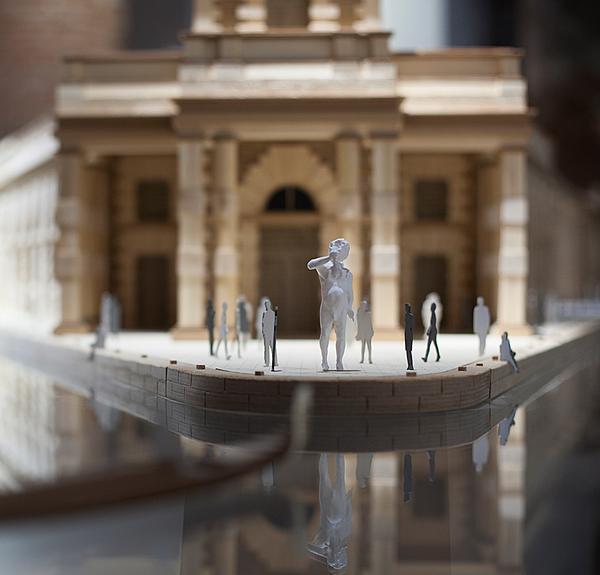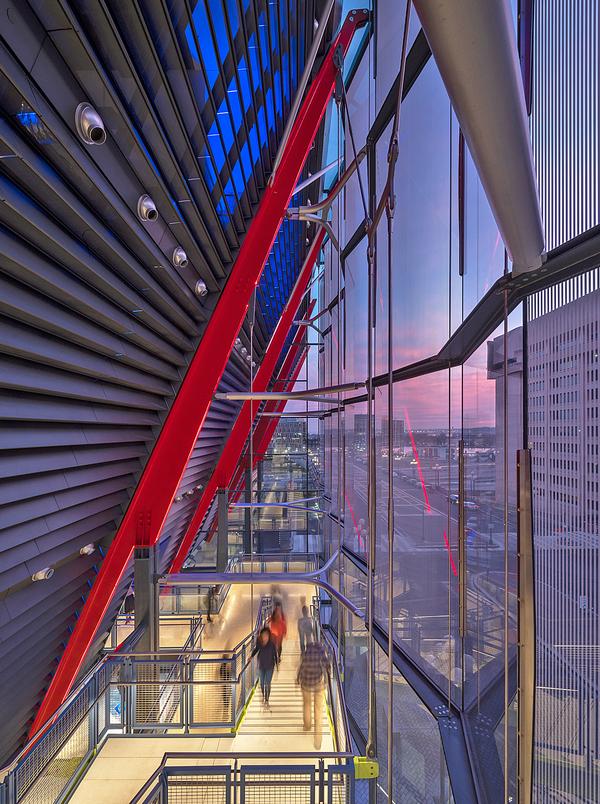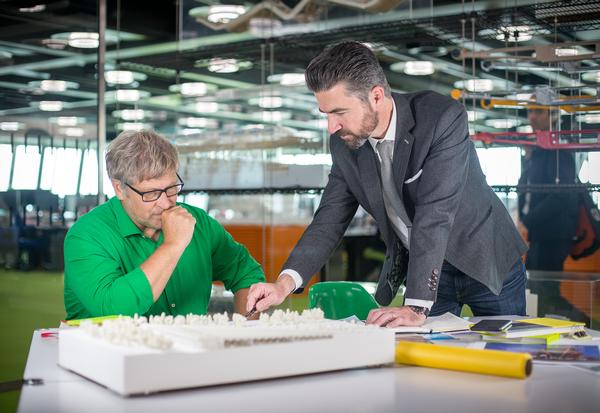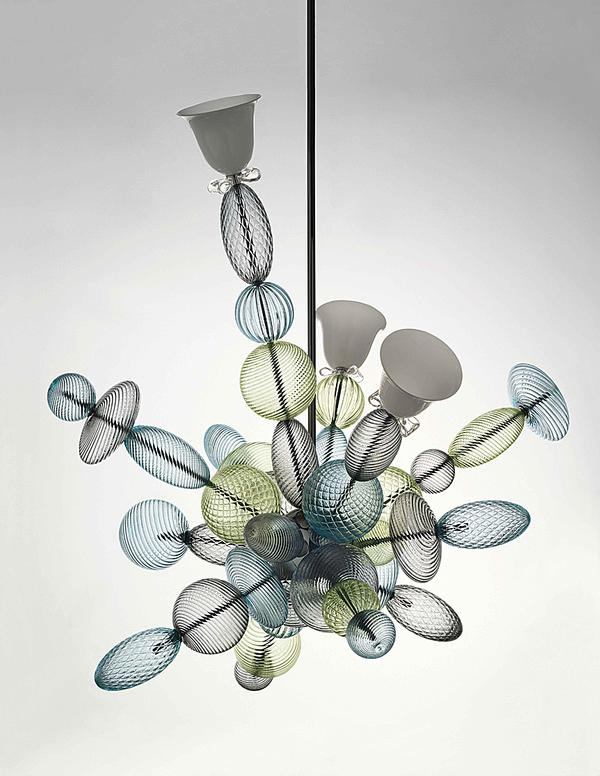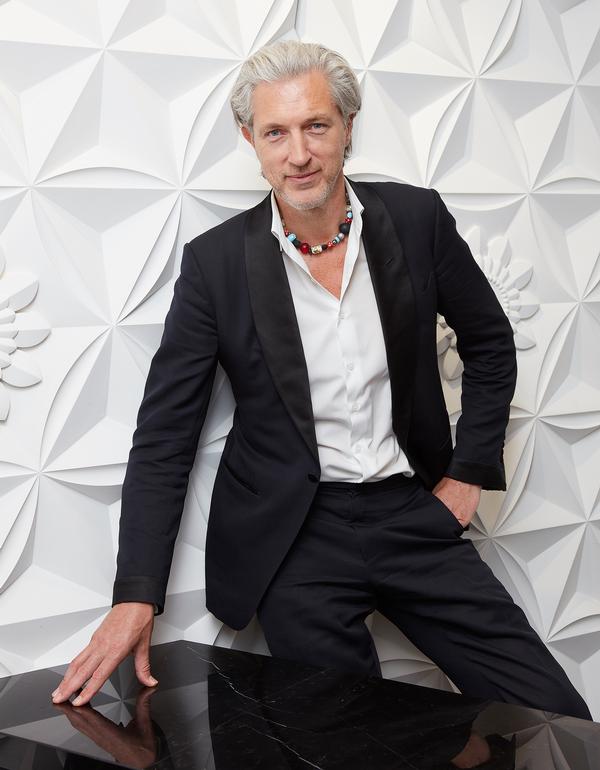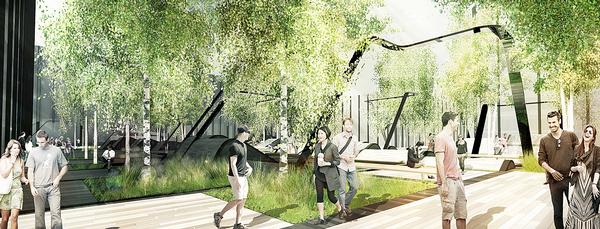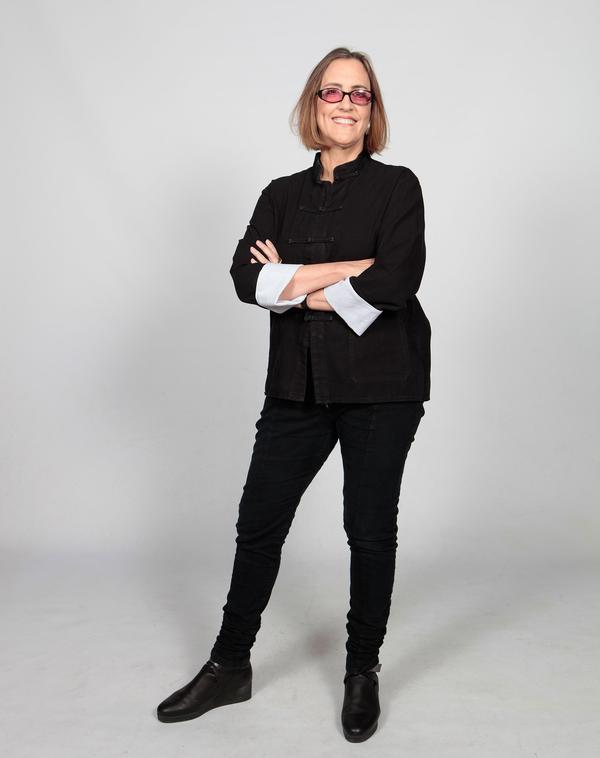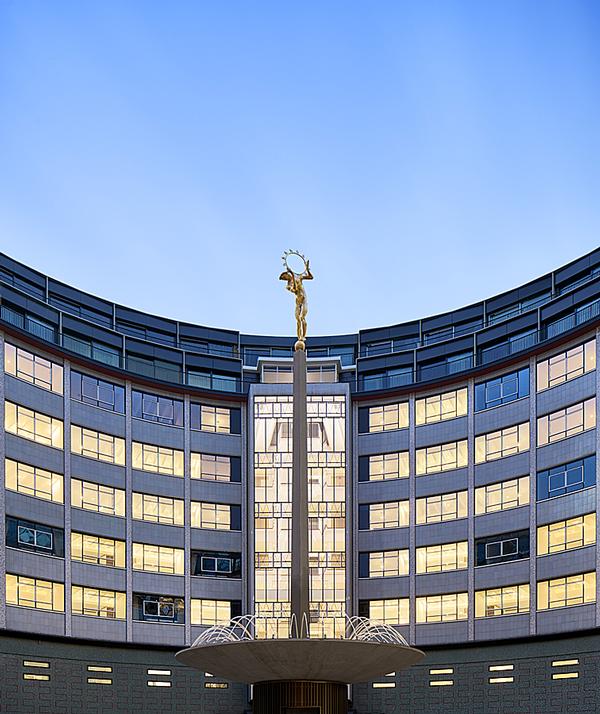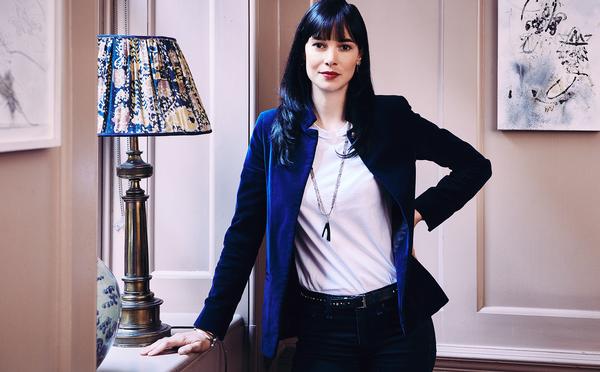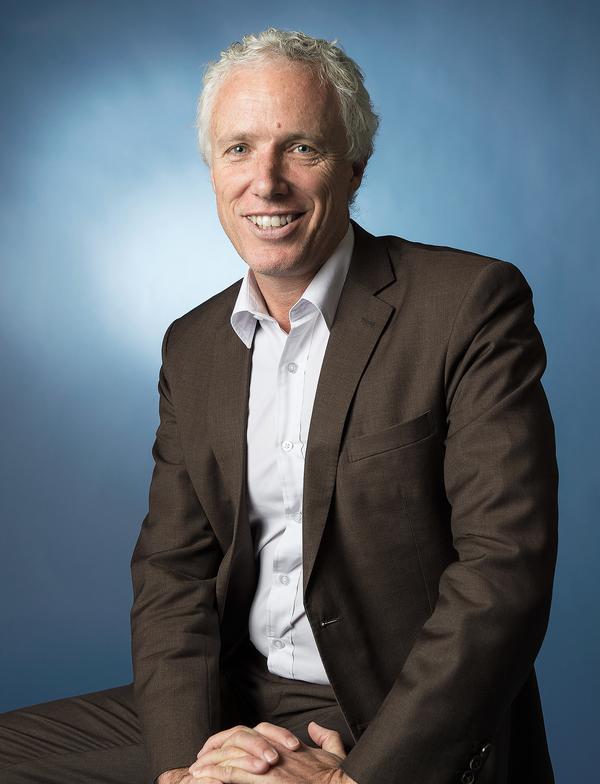Wild Places
Aiming high
When the French Alpine Club decided to build the Refuge du Goûter – a climbers' refuge 3,800m up Mont Blanc – it chose Groupe H as architects to work on the daunting and complex undertaking. Kath Hudson tells the story
The challenges faced by the team creating the Mont Blanc mountain refuge, the Refuge du Goûter, must have initially seemed insurmountable. Extreme weather conditions rendered the site inaccessible for eight months of the year. Altitude made the work physically challenging and meant getting workers and materials on-site was a complex logistical exercise. In addition, there were no existing services up the mountain to power the construction, so the building had to be completely self sufficient energy-wise, both during construction and in operation.
As this type of structure had never been attempted before, there were no precedents. And, to cap it all, the building had to be a spectacular architectural showpiece – and to come in on a tight budget.
For Nikolaï Bersenev, from Groupe H Architecture & Engineering, these challenges made the project even more appealing, although at the outset there were doubts about whether or not it would be possible to build in such an inhospitable location. “This was a unique chance – one which comes along once in a lifetime – to build something on an exceptional site,” he says. “When we were researching the project, we didn't find any buildings at the same altitude to use as an example, so we had to produce a prototype for nearly everything.” This meant new systems had to be invented, prototyped, built and tested before they could be deployed.
FRENCH ALPINE CLUB
Client the Club Alpin Français (French Alpine Club) made the decision to build the refuge in 2004, to cater for the 5,000 people who climb Mont Blanc each year. The Club is a federation of over 410 climbing clubs and already runs 125 refuges for its 90,000 members.
It was decided the building should sleep 120 people; Bersenev acknowledges this isn't big enough, but also says it's as big as it can be without having a negative impact on the environment – an important part of the brief.
It took eight years for the project to come to fruition and because it involved so many prototypes, the initial planning, research and consultation alone took five years. Building work started in 2010, but had to be undertaken over three seasons, because work could only be carried out for four months of the year.
A very collaborative approach was taken to the build. “It was a real partnership between the architects and the engineers,” says Bersenev. “It wasn't just a case of the architects drawing the shape, it was the fusion of technology with architecture and then a collaboration to find solutions for every part of the building. We had many exchanges and discussions with other architects and experts who had built mountain refuges, although none had worked at this altitude.”
THE CONSTRUCTION
Nothing about the build was straightforward. Diggers couldn’t get to the site, so all the excavations were carried out by a Walking 'Spider' Excavator with six axes of rotation, which was assembled on-site. The same machine, in drilling mode, anchored 69 pilings into the solid rock at an average depth of 12m, to guarantee the stability of the building and secure the refuge on its ridge, where wind speeds can exceed 250 km/h.
The construction was undertaken in stages. In year one the team tackled the foundations, in the second year the building and envelope were created and in the final year the inside fit-out was completed, including the furnishings.
TECHNOLOGY AND INNOVATION
Because there are no power, water or sewage systems at the site, the building had to stand alone and the team found some ingenious solutions to the challenges they faced. For the first time ever in an architectural project, a sanitation system used by submarines was put in place to deal with waste water and sewage.
There are almost 100sq m of solar panels around the building providing energy and hot water, but this was deemed insufficient to allow for more than two weeks of cloud cover, so a bio-fuel emergency generator was developed which works with both normal fuel and a more environmentally friendly rapeseed oil to provide a back-up for the solar system.
A system was also invented to melt ice around the structure. There were two reasons for this: firstly to generate water for showers and flushing toilets, and secondly because if the ice wasn’t cleared it could push on the building and cause structural damage.
The final piece of the technology jigsaw puzzle was a dual-flow ventilation system which was developed to allow warmth to be harnessed from the actual guests. The building is only heated to 10 degrees, with the rest of the heat required coming from the Alpinists' bodies. Carbon detectors work out how many people are on each level and manage the flow of air accordingly, automatically calculating if more heat is needed, or if oxygen levels need to be increased to maintain a healthy atmosphere.
ARCHITECTURE
Although there was no chance of the design playing second fiddle to the technology, the striking ovoid shape of the Refuge du Goûter wasn't chosen for appearance alone.
“We made the building that shape so it could resist the pressure of the wind and because it prevents snow from collecting behind it” says Bersenev. “The sphere is the optimal form for saving energy, because there are no angles.” The shape was tested in a wind tunnel at IRSTEA, the French public research institute, to calculate the relationship between the wind flow and the snow.
All building materials used had to meet the French High Environmental Quality (HQE) standard, as well as being able to withstand the climate, which meant that everything – right down to details like the tile adhesive – needed to tolerate temperatures ranging from minus 40 degrees to plus 30 degrees.
The structure was created by Charpente Concept from glue-laminated wood, with resin sealing assembly. This system was chosen for a number of reasons: it made it light to transport in order to limit CO2 emissions and meant the timber could be cut locally and is recyclable and natural. The façade panels were manufactured in the valleys, and then transported by helicopter and assembled like a Lego construction on site.
Several materials were considered for the exterior envelope before the final choice was made. Zinc was ruled out because it breaks at low temperatures and despite being light to transport and work with on site, aluminium was also ruled out because it wouldn’t be able to withstand the harsh conditions. Stainless steel was the final choice, Bersenev explains: “Steel can resist harsh conditions, and it is also solid and expressive, which worked because we wanted to create edges which reflect the edges of Mont Blanc.”
INTERIORS
Inside, the décor is simple and natural. Furniture is predominantly wooden and mineral tiles are used on the floor in places. The windows incorporate technology much used in northern Europe – argon gas in triple glazing. Wood fibre insulation was used in the walls.
AWARD WINNING
“The refuge opened in 2012 and full capacity operations started in 2013,” says Bersenev. “Now after two years we can see the building works well. We've also received a number of international awards for it, which is a sign we've created something to be proud of.”
He hopes the Refuge du Goûter will become the prototype for other mountain projects and that more conventional buildings might even use some of the cutting edge technology which was developed for this building.
“It was a difficult project for us financially, however, we felt it was a chance to do something with an exceptional site and technology that would be worth doing for the personal and professional experience,” he says.
Bersenev is keen to point out it was a team effort. “It was a real challenge for the construction companies: there's 40 per cent less oxygen up there and the teams were working for eight to 10 hours at that altitude. They say altitude forges friendships and we certainly found this to be true – the challenge united us as a team.”
Partly as a result of this project, Groupe H and Charpente Concept are working on new buildings for the Pic de Château-Renard Observatory, an astronomy site in Saint-Véran, France, at an altitude of 3,000m. “It’s something we do with pleasure, because of the satisfying nature of the work we've already done together,” says Bersenev.
Those without whom…
Groupe H
Architect
www.groupe-h.com
Design and architectural project management, pilot committee, project planning
Charpente Concept:
Wood structure engineer
www.charpente-concept.com
Design and project management relating to wood structure, exterior joinery, metal structures, stainless steel cladding, pilot committee
DecaLaage:
Architect
www.decalaage.com
Design and architectural project management, operations on site
Cabinet Strem:
MEP engineer
www.strem.fr
Design project management relating to heating, ventilation, plumbing, water production, sewage, high and low voltage electricity, kitchen equipment
Albedo Energie:
Thermal simulations, HQE
www.albedo-energie.fr
Dynamic thermal simulations, environmental quality of the building
Betech:
Civil engineer
www.betechsarl.com
Design and project management relating to earthwork, foundations
Cabinet Denizou:
Building economist
www.denizou.fr
Budgetary studies relating to interior wood joinery, metalwork, wall partitions, ceilings, painting, flooring, furniture, signs and labelling
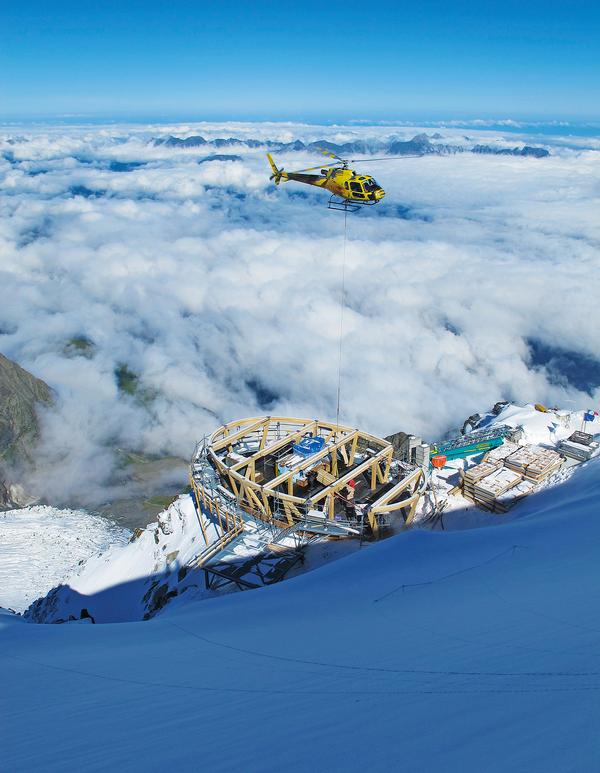
Refuge du Goûter Prizes and awards
• Winner: Archi Design Club Awards 2014, Paris.
Category: Exceptional project
• Winner: German Design Award 2014/Iconic Awards. Category: Public Architecture
• Winner: Eurasian Prize 2012-2013, February 2013
• Winner: Rhône-Alpes Award Palmares Bois 2013
• Winner: Geneva Award of Sustainable Development, June 2012
• Winner: Special Jury Award of France-Switzerland Chamber for Trade and Industry (CFSCI) January 2012
